|
Over the past few breeding seasons I have tried all manor of ways to increase the humidity in the bird nesting boxes. I had completely changed the design of the boxes making them larger, I also removed the concaves and went to a straight saw dust base for the eggs to be laid on and incubated. I also added an open water drinker baths so the birds could have access to bathing water if they needed it. Thinking they would know what was needed to get the correct incubating humidity. ( maybe they have lost a bit of that through domestication) I have also used a mist spray to add moisture to the nest boxes when the eggs are due to hatch. It was hard to see any improvement in the hatchability. THE NEW PLAN. I own a brick saw so I decided to cut my nesting blocks out of clay pavers, I knew that Clay Bricks were very absorbent so I soaked the newly cut brick blocks for a couple of days is water, then place them in nests with eggs that are being incubated. I definitely have seen an improvement is hatch ability. I am still playing with nest boxes and have a number of my older boxes back on the cages and they are working a treat. The blocks only need to be swapped over every week as they slowly let moisture vapour escape into the nest box because the bricksy hold a large amount of deep internal moisture that slowly releases Check out the accompanying photos, most importantly the nest box itself does not need any modification. The Bricks or pavers can be cut with an angle grinder with a masonry cutting wheel. (C) Rob Manvell. please ask for permission before publication
0 Comments
Budgies are from one of the hottest countries on the planet. Therefore you would expect that they could survive extremes of temperature, and they do.
I have noticed that a lot of breeders loose birds in weather that I would describe as moderately hot. My region has temperatures that regularly climb into the high 40's the top temp last year was 48 degrees C. The birds survive and actually breed fine without the need for air conditioning etc. If you are loosing birds I would check a few things:-
Good Luck and Stay safe. All the best for 2020. . We have had a cracker of a 2018 breeding season. I have bred more birds in some previous seasons, however with a reduced number of pairings and breeding cages, I think the results are acceptable. The youngsters produced were a definite step up, with many of the features we have been working on for years, showing up in many of the babies. The birds across the board have thick necks, good deep wide faces and of course basically no flecking which the stud is renowned for. Keep em clean has been the background focus for over 30 years.
Unfortunately this season just isn’t enough birds spare to be able to supply all those who are after a bird or two. All the excess stocks to my requirements have been sold; please take this as my apology for not having enough birds to meet the demand. If you shoot me an email to let me know you are still keen for birds, you never know after the next season gets underway I may have some birds that I no longer require. I do keep a lot of spare birds. Use the contact page on this web site On a sad note the hobby lost one of its well-known assets of many years, Mr. Gerald Binks. I had a fair bit to do with Gerald through the importation of budgies into Australia. He was a no nonsense kind of guy and everything had to be just so. I would not have liked to try the monumental task of bringing over 500 birds into Australia without Gerald’s help. I don’t think many of the lucky recipients of the birds had any idea of how much work and time was involved in bringing in these birds. His aviary was always a pleasure to visit, lot of excellent birds and he was always willing to pass on his extensive knowledge. Thanks Gerald RIP. Well it is great to finally see the of the 2018 breeding season. I have let a couple of birds have another round to get some 2019 rings on birds. The season has been a success numbers wise and the quality has been exceptional. I would have liked the hatch-ability to be a little higher. I think the extended dry weather in this part of Australia, makes it harder for some of the bubs to hatch out of the eggs. I am not in favour of helping birds out of eggs, in case I just add another weakness in the stud. I want babies that are strong and healthy, that can hatch of their own accord. The quality has been extraordinary, many of the pairs have produced the kind of birds I am happy to go with. Part of this is to do with cutting back in the number of breeding cages I am using. That way only the very important birds are getting a start. In addition having fewer pairs I find it much easier to look after them now. With several business commitments and extended business travelling, I found looking after to many birds was just a struggle, and not enjoyable. I have progressively cut back from 72 Cages to 24 over the past few years. I find the more things you try and concentrate on with a pairing the less successful you will be. Concentrate your efforts on very specific features, such as spots or head width or whatever. Hopefully improving this feature not to the detriment of the features you already have in your birds. The birds you bring into your breeding plans the less efficient your selections will be. I have concentrated on bulking up the birds over the past couple of seasons, with a third of my pairings devoted to just that one task. I have also concentrated my efforts on having much less grey factor influence than previously again over the past few years. Many of the more experienced breeders will understand why. All the of the birds at the top of this blog are from the current breeding season. I hope you agree with my thoughts on their quality. A young 2017 Grey Green cock bird coming out of his first moult, will he reproduce??? that is the million dollar question. Nice bird though I like him a lot. I’ve had a busy couple of hours in the bird room today, some of the birds have been paired for 5 weeks now so there are few bubs hatching. The most important job is to do a cabinet reshuffle, to move birds that are not performing as they should. I have cut back the number of pair I use to make the bird keeping experience much more manageable and therefore pleasurable. So I don’t the patience for any time wasters, hens that don’t get on with it are back in flights quick smart. I have been putting the hen in the cage first with the nest box open and don’t introduce the cock bird until the hen is showing her intent to breed. When you introduce the cock the hen is usually very receptive to his advances. Likewise any cock that is not filling eggs is looked at very carefully to see what happens to him next.
This year I have used a lot of older birds that I would expect not to produce much if anything. They are such good stock birds I am giving them a try. To my surprise a few of them are doing what they should be doing, a great result but early days yet. With my very best hens I try to pair them to only cock birds that are already filling eggs. I am not prepared to waste these good hens on dud cock birds. Using this techniques gives you a much better chance of getting something out of your better hens. FeatherI had an interesting afternoon pairing birds for a good budgie mate. I am always amazed with the birds I see in other people’s aviaries. Most breeders have a very good bird or two but never go forward because of the way they pair their birds. I had a lot of very nice birds to select from, but when comes to pairing it is hard to find suitable mates for them. I am not one for putting a pair in a cage just because the cage is empty. Anyway it was good to end up with some very nice pairs and some suitable spare partners that could be used if either bird of a pair fails to breed. Also a Few birds were selected as suitable second partners for special features. My particular focus is on feather quality, and building feather quality into your birds. if you struggle to understand feather check out this article on this web site. Feather Complexity Welcome to 2018, I hope it is a great year for all of us. I recently posted on Facebook that I had used what I called the “watermelon” approach for looking after my Budgies. In a nut shell it is simple I use only fresh water that is changed daily and I use my Melon when it comes to making decisions on what I give to my birds. I have been lucky enough to spend time in some of the best aviaries in the world and the one thing that is common with these breeders is that they use a simple management regime. There is no one right way to Bird management and feeding. I have witnessed many of the world’s top Budgerigar breeders destroy their studs of birds and then leave the hobby. This is replicated many times over with lesser known breeders. If your birds are not breeding as well as they should the answer is not in belting chemicals into them. From my experience your birds should never be force feed anything, the birds should be given a choice in what they need and they have millions of years of evolution working on their sides to help them make their choices. Feed your birds whatever additions you feel comfortable with over and above a variety of seeds, such as soft food, greens vegies etc. but not chemicals. The water must always be plain and clean and changed daily. The water must not be laced with some magical concoction that you have dreamt up or copied from some other breeder. Apart from putting your birds in a happier and more productive position, think of the money you will save. A large selection of seeds which are mixed together. I think everything that is being tried on all levels at promoting the hobby has merit and should be applauded. However, One can’t say what has worked and what hasn’t, but overall there has been little or no progress in stemming decline in memberships and event participation. I do know from my business background that; you can’t sell anything to anybody whom is not ready to buy or if the product you are flogging doesn’t suit their needs.
Identifying the spawning grounds of this Budgie game in my view is the best way forward. It’s not about identify an age group, a level of education or a lifestyle thing that are likely to want to keep budgies. It should be about having the hobby out there so when someone is ready to move into this budgie game, it is easily accessible for them and they will be nurtured. You won’t know where these new prospects are going to come from, because they are all different and have different and varied reasons for wanting to keep these feathered critters. There is a very big difference between promoting and marketing, at this point all the effort has been on promoting or advertising: looking for immediate results. Marketing is about long term strategies, without being critical of anybody there is no marketing plan in place. In the past it has been about a try this and a try that approach, which hasn’t worked and to be frank is a waste of time and money and it is disheartening for all involved. “Everybody doesn’t eat gherkins” is one of my statements that I tease out in business marketing coaching. If you are happy with something, it doesn’t mean everybody else will be. The present budgie system may suit the converted; and the converted are defending what is currently being offered. Ultimately we are trying to bring new people into this Budgie capper and we need to look at it through their eyes not our own. The current offerings do need some tweaking, because we think is the bee’s knees, doesn’t mean that it is meeting someone else’s needs. The take up rate and retention rate of new participants in the game would indicate this is the case. The focus needs to be more outward and not inward as it presently is. What is being sold very few people want. The spawning grounds are as they have always been, however they have been completely overlooked or in some cases ignored. In the past these nurseries for the future have looked after themselves, but in a world that has changed and where lifestyles are dramatically different, you need to be very cunning to get any traction. There is a much bigger picture than is currently being explored. It does NOT involve major expense but you have to invest in a long term commitment and strategy to see positive change. Like any business or organizations the budgie game needs regeneration tactics Are you kidding yourself?
Hi, Budgie Breeders, I have had a mountain of private messages asking for advice regarding the nutrition regime I have now adopted for my birds. There are way too many messages for me to reply to them individually. I will get around to documenting the many and varied steps I have taken and post them on this Web Site, In the meantime first let me tell you a short personal story. I have a cousin David Weik, who is a local beekeeper, if he unknowingly has bees that are working a Canola crop the chances are that his bee hives in that area will die. You see most the Canola Crops these days is GM Canola, which is genetically modified to resist insect damage etc. It is this natural insecticide the plants produce that the bees take back to the hives in the nectar and poison the hive. From the above story: do you know where your seed is coming from or how it has been grown or stored or has it been fumigated/contaminated???? I bet most don’t, most wouldn’t even know what country their seed is grown in. From the messages I have received, many give detailed outlines of what they are giving their birds, and I believe that the majority are well and truly overdoing it, killing their birds with Kindness, if you like. I wonder from many of the messages if their birds ever get fresh water. Medication and supplements are good for the companies that are flogging the stuff, but do you know if there use is doing the birds any good, or in fact harming your birds. There is a very big difference between: looking for birds, looking at birds and looking into birds. The latter is the most important and probably the least practiced in this budgie caper, many breeders hear about something that someone is doing, and just jump into the deep end without too much thought. Each aviary is an individual environment, so what works in one place may not work in another. Additionally, what appears to be working now may gradually negatively impact on your birds, it may take a few years for the problems you are causing to appear, you got away with it for a while, but now you are trying to climb an “oiled slippery dip”. Fertility falls off, hatchability decreases, addled eggs are the norm, smaller clutches of eggs, Hens dying in the nest box, chicks not getting fed, and the list goes on and on, I have experienced all of these problems, if you are real lucky the problems will be all happening at the same time, which is what happened in my aviary. This is why I spent a lot of time and energy looking into the many and varied sources of these problems and the many and varied changes that needed to be made to help manage the problems. There is no magic panacea, there is no quick fix. I think it is very important to note, that we need to give the Budgies a little more credit than we do, they have been around many more millions of years than we have, they are survivors. They are capable of knowing instinctively what they need in any given circumstance; our job is to ensure that we do not get in their way, with what we are doing. Cheers Rob I had a trip out west on Business recently and ended up in Dubbo, NSW for a day. I had arranged to meet up with a few of the local breeders for some quality budgie time/socialising.
Wayne and Andrew Cusack, John Boss and Ian Reinflesh were my chosen budgie guys. They had a lot of very good birds with contemporary features and size; they have won many major awards as a result of the quality. I was particularly interested in their managements and husbandry techniques. Their climate is very similar to my region and therefore anything that was working for them could be replicated here. The New England region has had patchy breeding results for many years, so some management comparisons would be of great help to maybe unravel the local issues. After a few hours checking out birds we went to a local club for dinner and one or two beverages. It is refreshing to spend time with guys like these. Excellent company, knowledgeable about their hobby and capable of intense, intelligent debate on various aspects of the hobby. The time spent with them was rewarding, it was excellent to see how they interact with each other. No big noting, no one trying to push their birds or dominate the group. Just good mates enjoying their hobby. If you are out Dubbo way these would be a good group of guys to spend some time with. I certainly look forward to their company again soon. |
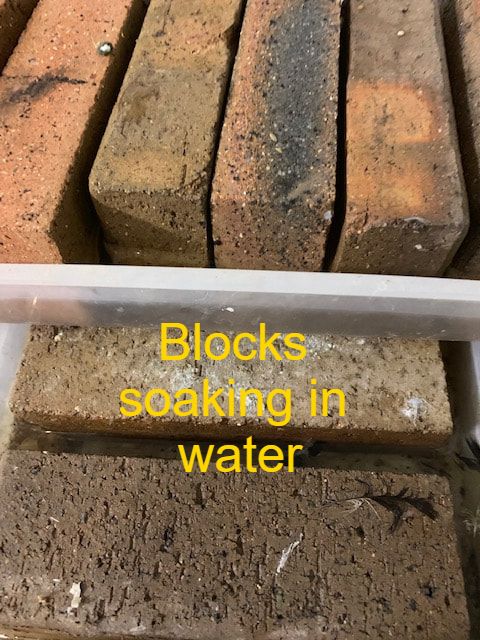


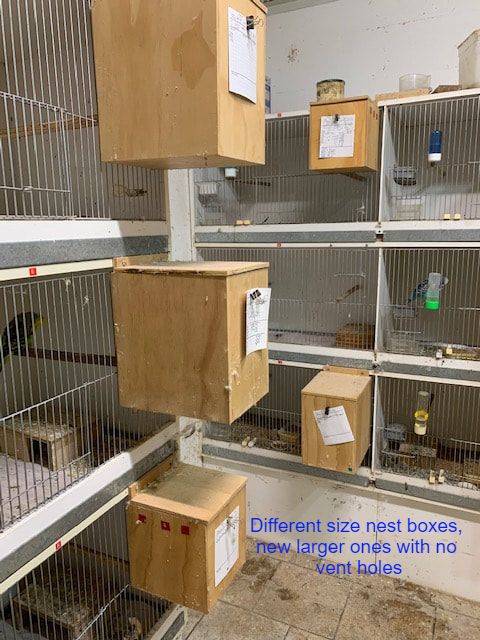


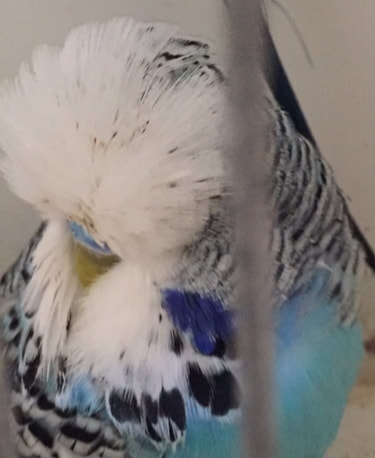
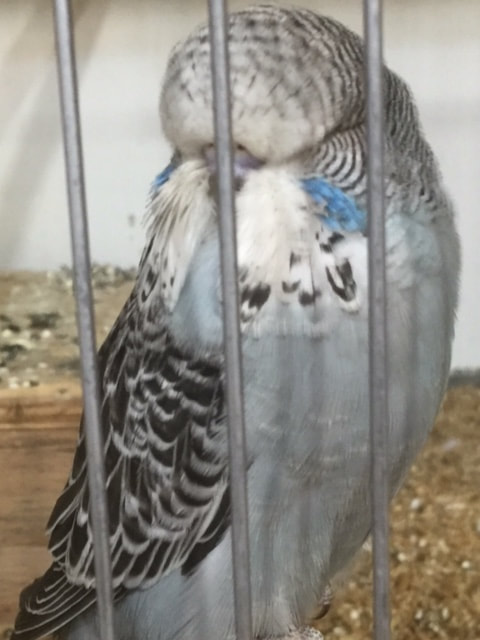


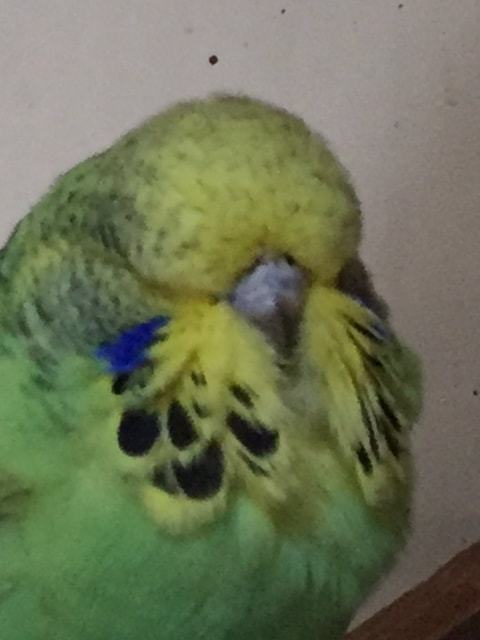



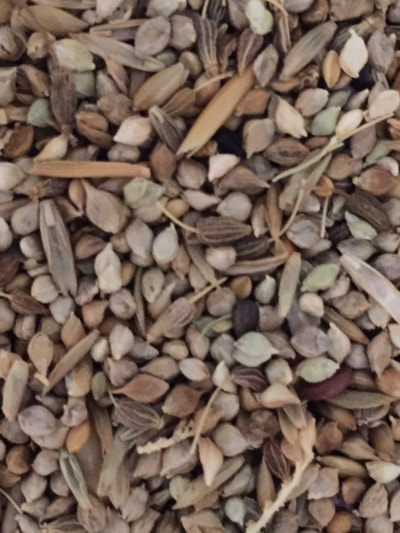




 RSS Feed
RSS Feed